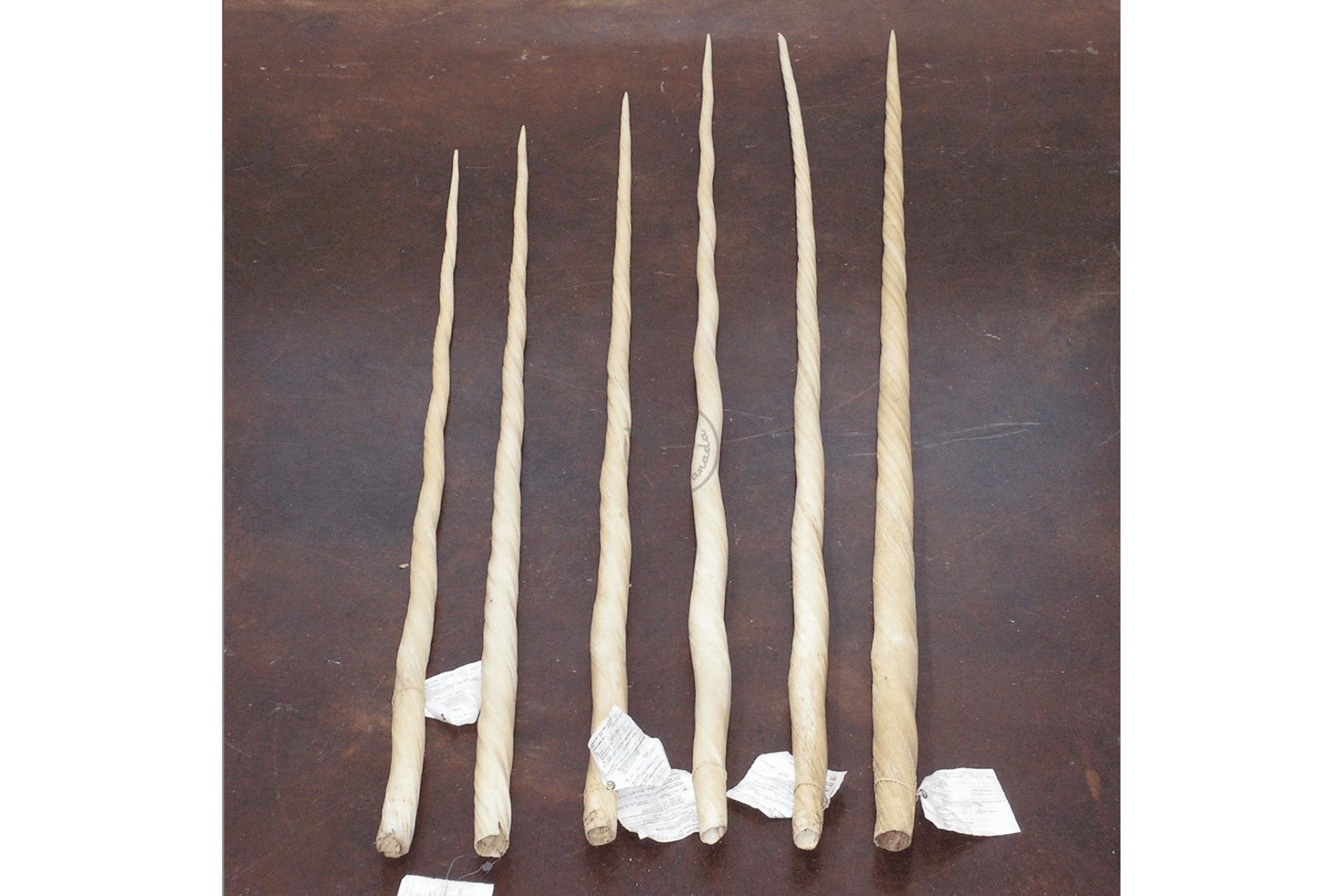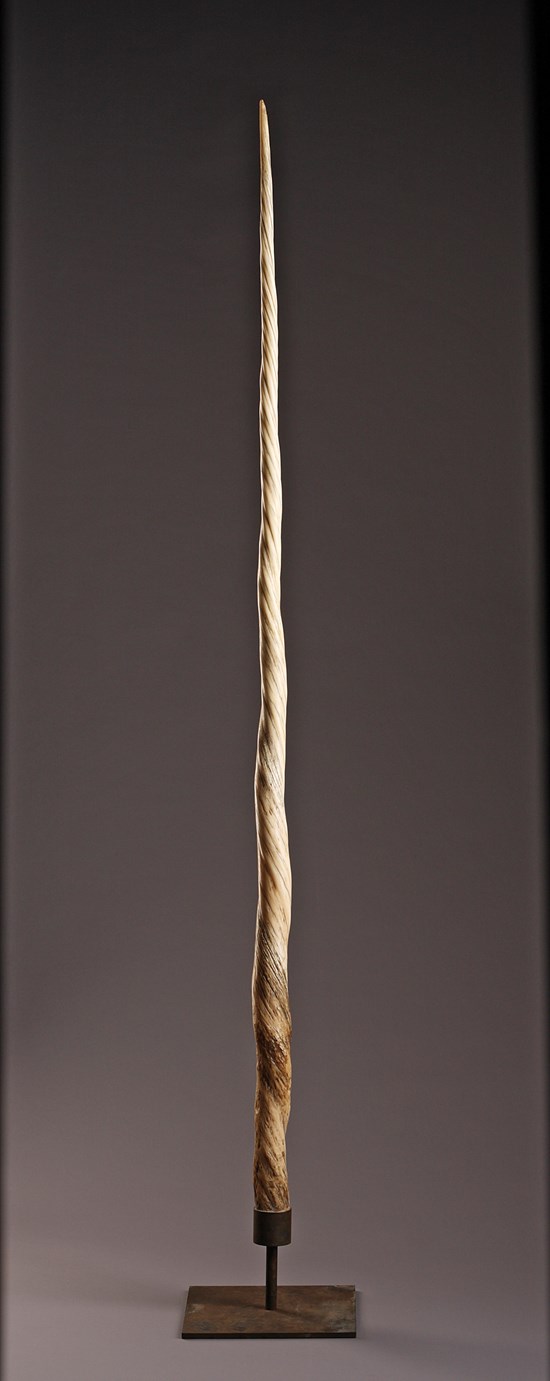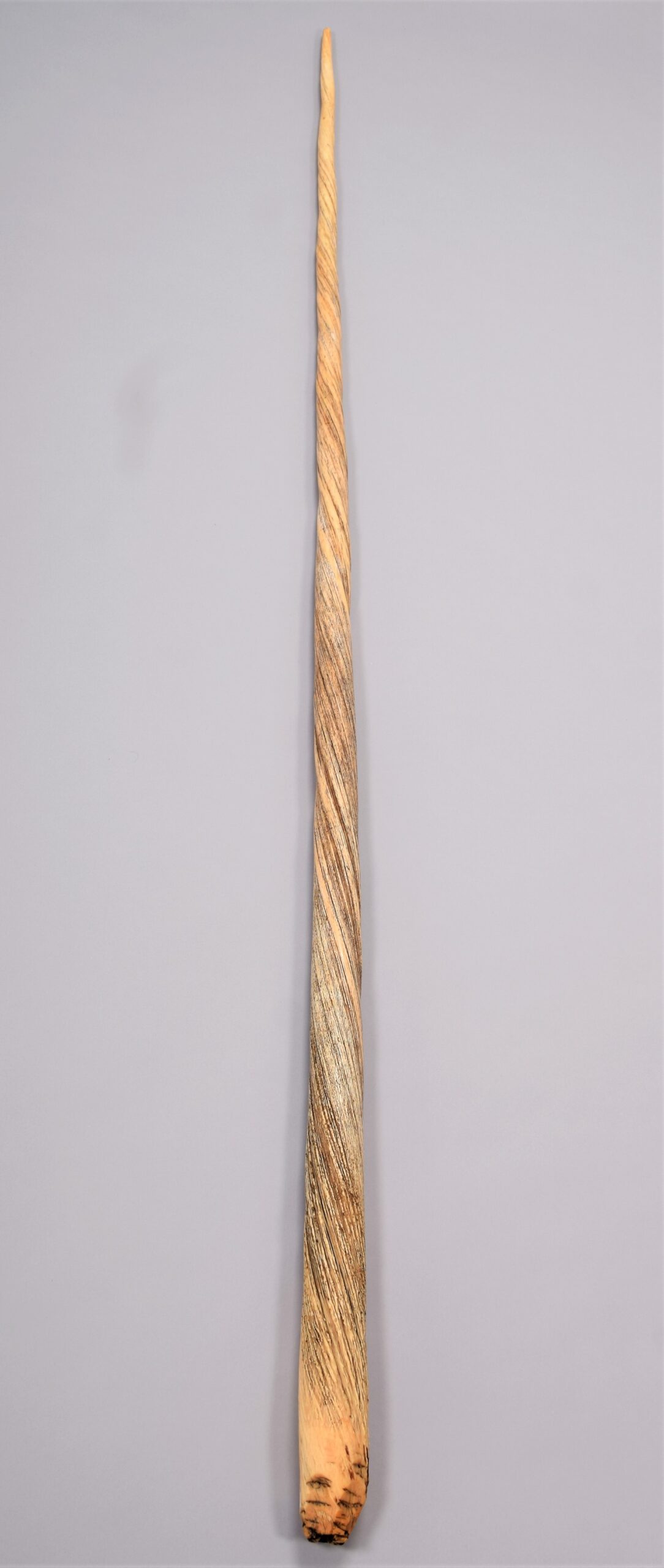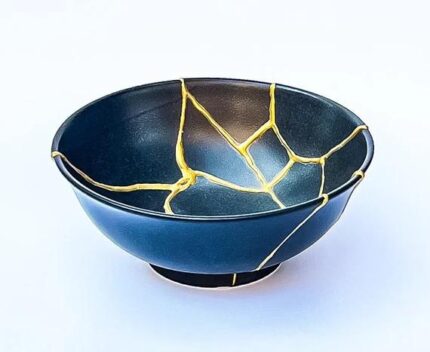Description
Narwhals are animals of lore that have fascinated man for centuries because of the impressive, up to three meter long, spiraled tusk carried by male narwhals. Narwhal tusks have been mistaken for unicorn horns and used to project social status, for example in the Danish throne chair from 1671.
External dentitions like narwhal and elephant tusks are uncommon but the narwhal tusk stands out as the rarest of the rare because it always forms a left-handed spirals. Why this is the case is a mystery. Narwhal tusks have an unusual structure, quite unlike our own teeth. They do not contain enamel, the hard outer coating of human teeth, but present a bone-like material called cementum on their surface. Like other biological materials such as bone and seashells, the tusk has an impressive hierarchical structure traversing length scales from the atomic scale to the meter. While we do have some knowledge of tusk structure, many open questions remain. In addition, narwhal tusks grow throughout the animal’s life. When the animal eats, signatures of prey items and environmental conditions get stored in the growing tooth. Since the whales live up to 100 years, their tusks provide a history book of changing environmental conditions over the lifetime of the animal. The North Atlantic undergoes in these years the most rapid changes perhaps experienced in the history of narwhals. It is therefore of immense scientific and societal interest if these changes can be tracked in the hard tissue of narwhal tusks.
To dig into the treasure trove of the narwhal tusks, we bring together forces of 3 research groups from Greenland, Denmark and Sweden that span the disciplines of biology, materials chemistry and physics. Only by a concerted interdisciplinary approach will we be able to address the challenges involved in addressing open questions like:
- What is the structure of narwhal tusks and how does it relate to tusk mechanical properties?
- What can we learn of the changing Arctic environment through narwhal tusks?
- How are narwhal tusks and their unique spiral structures formed?
Answers to these and other questions are important in many fields from materials science and biology to environmental science. They will pave the way for an improved understanding of the Artic environment and the impact of climate change and human activities thereon as well as a solution to the age-old conundrum of the tusk structure and formation – the horn of the unicorn of the sea.










